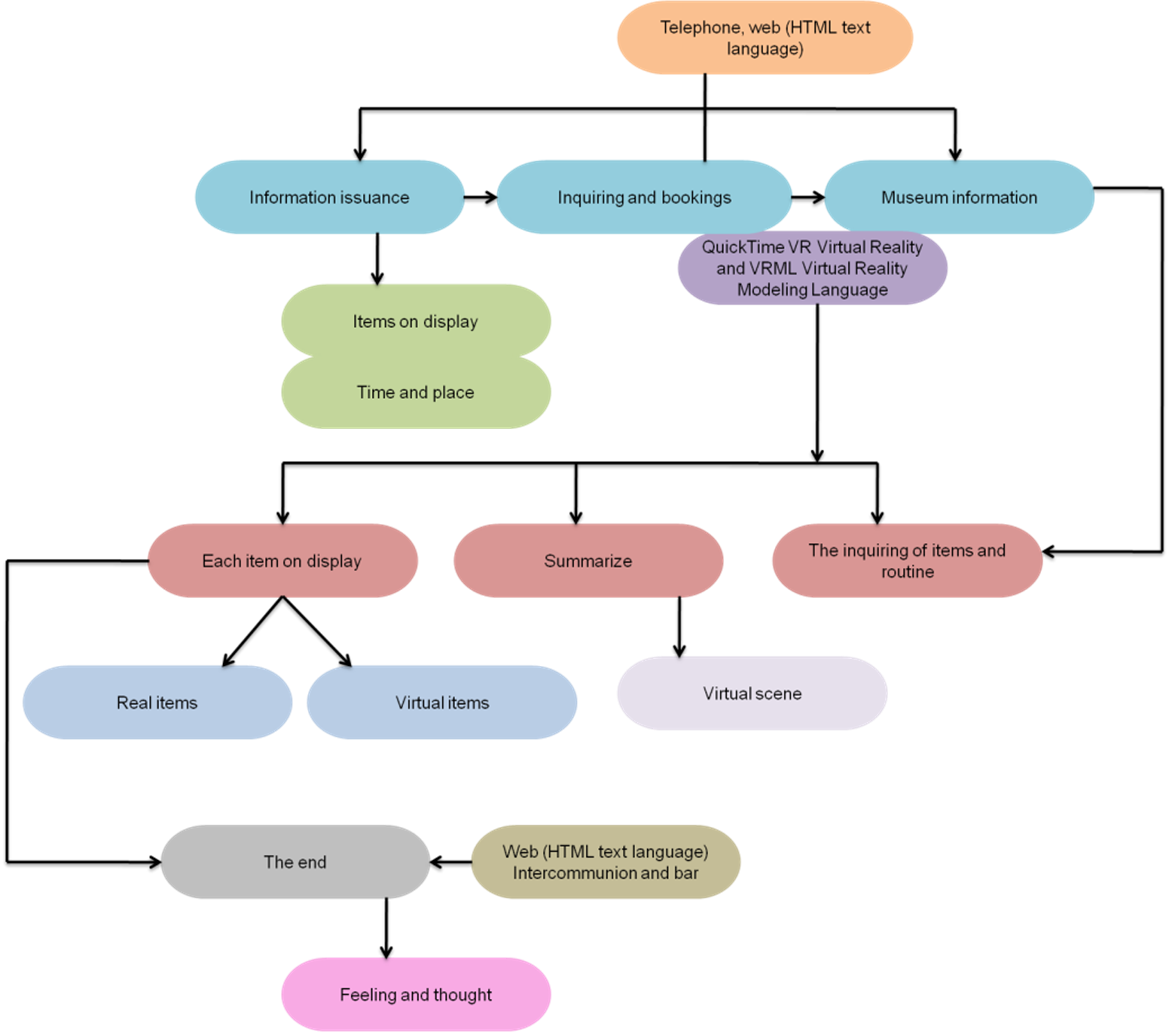Design of Digital Museum System Based on Optimized Virtual Reality Technology
DOI:
https://doi.org/10.17762/ijcnis.v15i1.5885Keywords:
Digital Museum, Virtual Reality, Interior Design, Cultural Traits, Origin ToolAbstract
Although China's cultural characteristics were diverse, its museum supply is limited. Traditional institutions would be unable to meet the people's needs for culture dissemination, historic preservation, cultural exchange, and science and research in history's era of the internet. By utilizing VR Technology in the field of furniture decorating, a new viewpoint and method for the development of a virtual museum are unveiled. Using optimum VR Technology in museum exhibition design based on the ideas of architecture, atmospheric art, light settings, coloring style, and ecological design, humans may be presented with natural and cultural heritages. The advancement of completely separate HTML text languages, QuickTime Virtual Reality innovation, Interactive Virtual Model-based Linguistic, three-dimensional (3D) applications, and data interaction systems for the exhibition has done result from an inquiry into virtual reality's history, definition, application, and present state. Ultimately, the planned work's effectiveness is analyzed and compared to other related projects to maximize its efficacy. Using the Origins software, the results of this study are shown.
Downloads
Published
How to Cite
Issue
Section
License
Copyright (c) 2023 International Journal of Communication Networks and Information Security (IJCNIS)

This work is licensed under a Creative Commons Attribution-NonCommercial-ShareAlike 4.0 International License.




